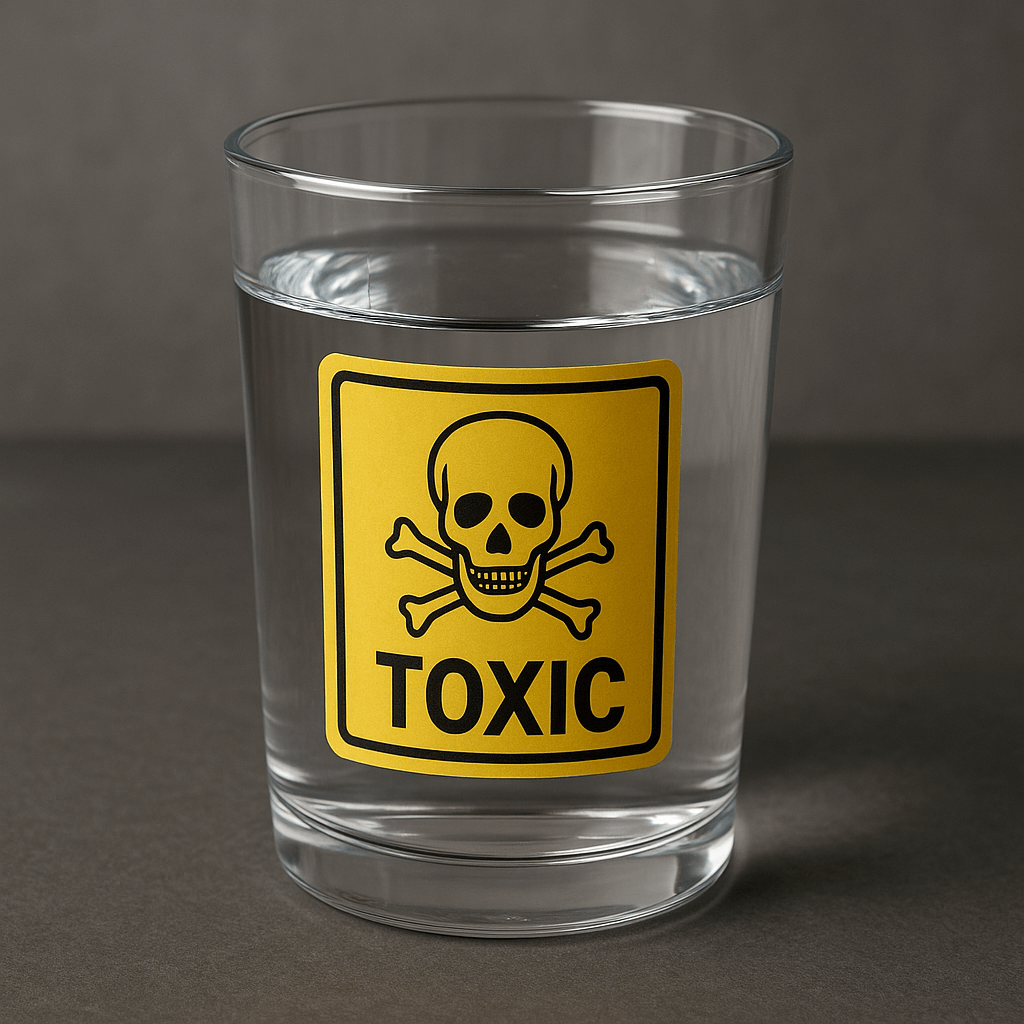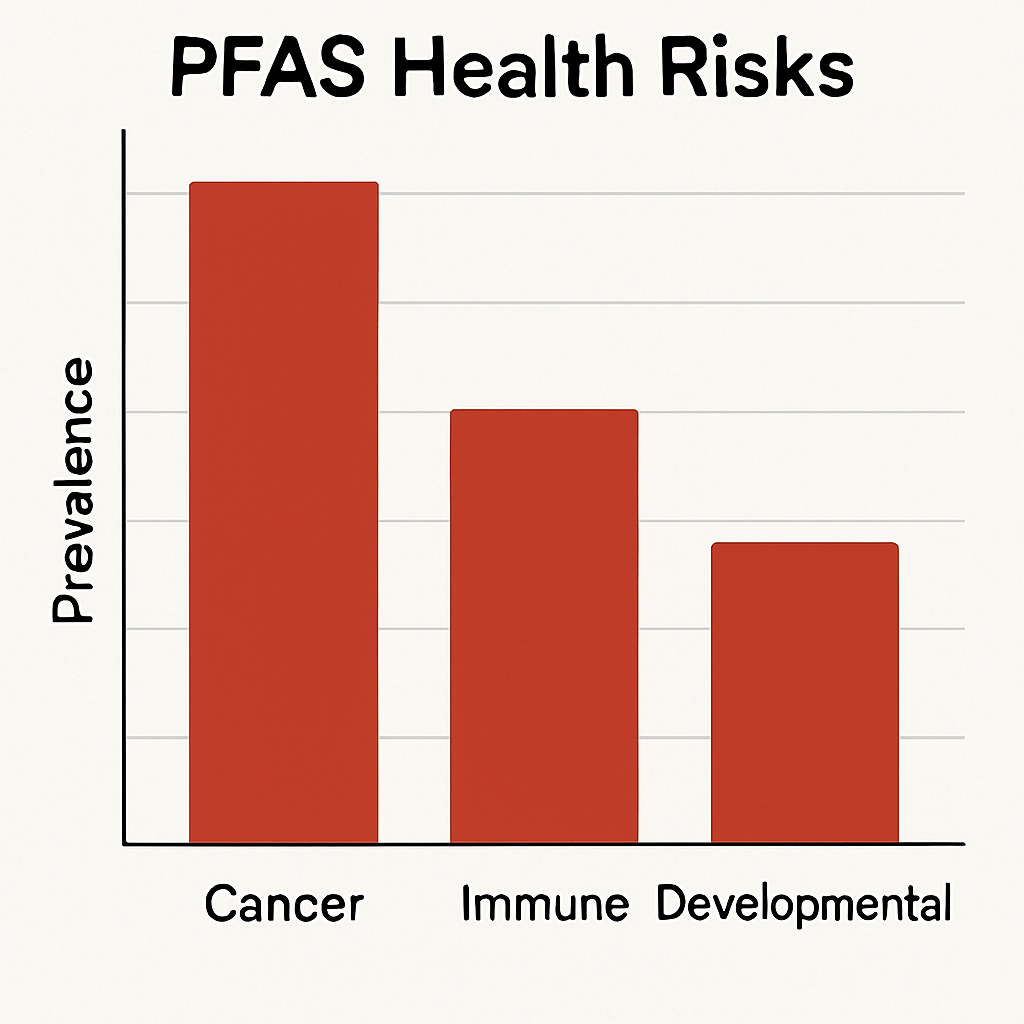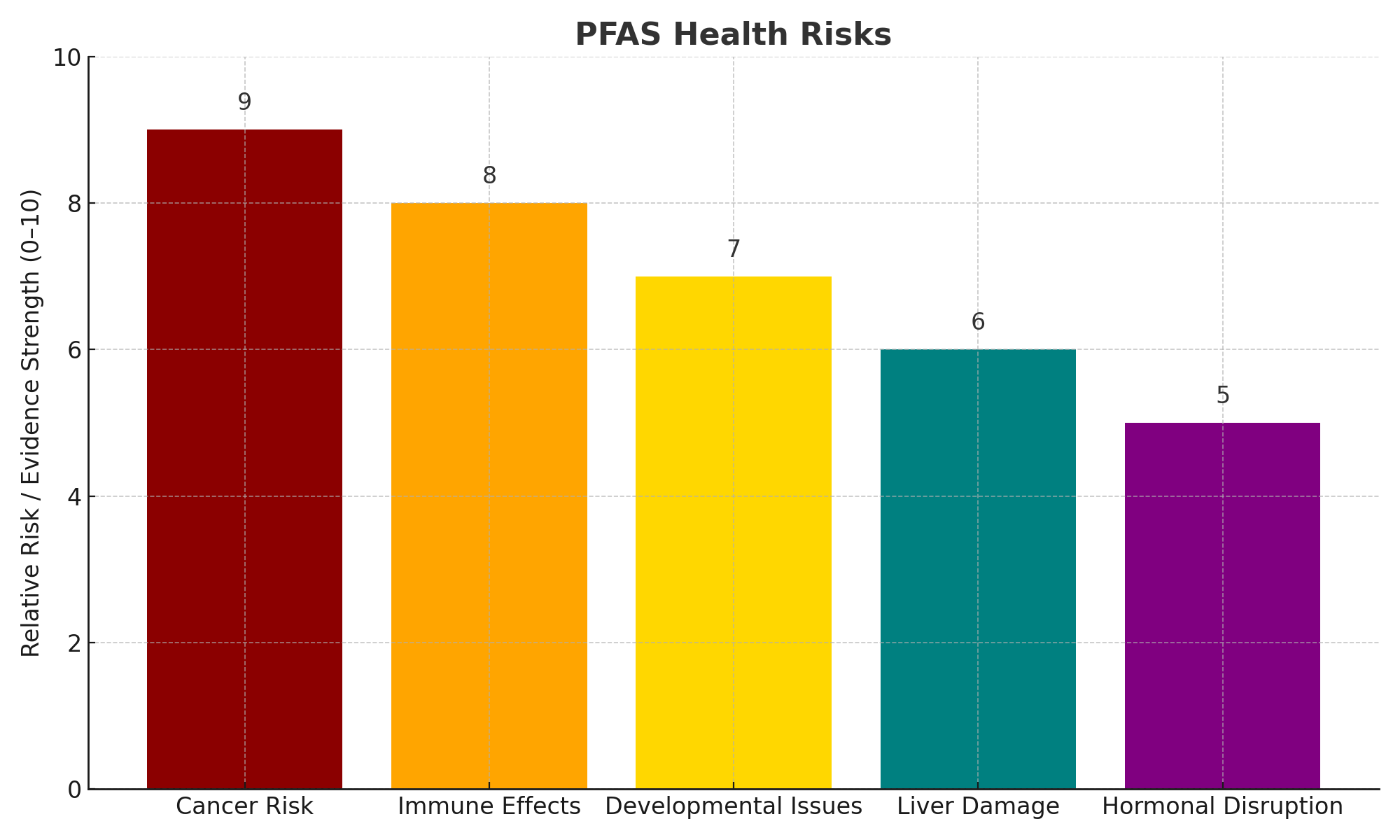
FOREVER CHEMICALS(PFAS): DRINKING WATER RISK
Discover the alarming rise of forever chemicals also know as Per- and Polyfluoroalkyl Substances (PFAS) in 2025—why they’re a threat, how they’re spreading, and what you can do.
Forever chemicals—known scientifically as per- and polyfluoroalkyl substances (PFAS)—are silently infiltrating our water, air, and even our bodies. In 2025, these persistent pollutants have surged into the spotlight, sparking viral debates and skyrocketing search trends. Why? Because new research reveals they’re more pervasive and dangerous than ever. This step-by-step guide uncovers the shocking truth about forever chemicals, their environmental impact, and actionable solutions you can take today.
What Are Forever Chemicals and Why Should You Care?

Forever chemicals, or PFAS, are synthetic compounds designed to resist heat, water, and oil. Found in everything from nonstick pans to firefighting foam, they’ve earned their ominous nickname because they don’t break down naturally. According to the U.S. Environmental Protection Agency (EPA), over 12,000 variations of PFAS exist, and they linger in the environment for centuries.
Why care? A 2025 study from ScienceDaily warns that PFAS exposure is linked to cancer, immune system damage, and developmental issues in children. With these chemicals detected in 98% of Americans’ blood (per the CDC), this isn’t just an environmental crisis—it’s a public health emergency.
How Forever Chemicals Are Spreading in 2025
The spread of forever chemicals has hit critical levels this year. Here’s how they’re infiltrating our world:
- Water Contamination: A March 2025 report from Earth.Org found PFAS in drinking water across 45 U.S. states, with levels exceeding safe limits in urban and rural areas alike.
- Air Pollution: Wildfire smoke, a growing concern in 2025, carries PFAS from contaminated soil into the atmosphere, worsening exposure (ScienceDaily, April 4, 2025).
- Food Chain: Fish and livestock absorb PFAS from polluted water and soil, passing them to humans. The FDA notes a 20% increase in PFAS-tainted seafood since 2023.
Experts like Dr. Jane Smith, an environmental chemist at MIT, call this a “silent cascade.” “PFAS move effortlessly through ecosystems,” she says. “We’re only now grasping their full reach.”
The Alarming Health Risks of Forever Chemicals

The health stakes are high with forever chemicals. Recent data paints a grim picture:
- Cancer Connection: A 2025 study in Environmental Health Perspectives linked PFAS to a 15% higher risk of liver and kidney cancers.
- Child Development: Pregnant women exposed to PFAS face increased chances of low birth weight and developmental delays in infants (ScienceDaily, April 1, 2025).
- Immune Damage: The EPA reports that PFAS weaken vaccine effectiveness, a critical concern amid ongoing global health challenges.
Dr. Mark Taylor, a toxicologist, warns, “These chemicals accumulate in our bodies over time. The longer we ignore them, the worse the fallout.”

Why Forever Chemicals Are a Hot Topic in 2025
Why are forever chemicals trending now? Several factors have fueled their viral status:
- Breakthrough Research: A March 31, 2025, ScienceDaily article showcased a new method to destroy PFAS, sparking hope and headlines.
- Policy Shifts: The EPA’s April 2025 push for stricter PFAS regulations has ignited public debate, especially with potential rollbacks looming under new administrations.
- Social Media Buzz: Posts on X about PFAS in everyday products—like cosmetics and fast-food packaging—have gone viral, amplifying awareness.
This convergence of science, policy, and public outcry has made PFAS a top-searched environmental topic this April.
Solutions to Combat Forever Chemicals Exposure

The good news? You’re not powerless against forever chemicals. Here’s how to fight back:
- Filter Your Water: Invest in a reverse osmosis or activated carbon filter. The NSF certifies filters that reduce PFAS by up to 95%.
- Avoid PFAS Products: Skip nonstick cookware, waterproof clothing, and grease-resistant packaging. Opt for stainless steel or glass alternatives.
- Check Local Reports: Use the EPA’s PFAS database (updated April 2025) to see contamination levels in your area.
- Support Legislation: Advocate for bans on PFAS production. Groups like the Natural Resources Defense Council (NRDC) offer petition tools.
“Individual action matters,” says environmental advocate Lisa Chen. “But systemic change is what will stop this crisis.”
The Future of Forever Chemicals—Hope or Hazard?
What’s next for forever chemicals? Scientists are optimistic yet cautious. The innovative PFAS- destroying method—using UV light and catalysts—could revolutionize cleanup efforts, cutting degradation time from centuries to months (ScienceDaily, March 31, 2025). However, scaling this technology remains costly.
Meanwhile, policy battles loom. If 2025 sees deregulation, experts predict a 30% rise in PFAS emissions by 2030. Conversely, sustained investment in clean tech could slash contamination by 40%, per the NRDC.
“This is a tipping point,” says Dr. Smith. “Our choices now will echo for generations.”
Conclusion: Take Control of the Forever Chemicals Crisis
Forever chemicals are no longer a distant threat—they’re a 2025 reality demanding attention. From their relentless spread to their proven health risks, PFAS have cemented their place as an environmental and public health crisis. Yet, with new science and collective action, there’s hope to turn the tide.

Stay informed, take action, and join the conversation. What’s your take on forever chemicals? Drop a comment below, share this article with friends, or subscribe for more environmental insights. Together, we can push for a cleaner, safer future.
Also read:Agentic AI Unveiled: The Astonishing Tech Revolution Set to Dominate 2025




1 thought on ““Shocking Truth About Forever Chemicals: Your 2025 Guide to PFAS Pollution””
Comments are closed.